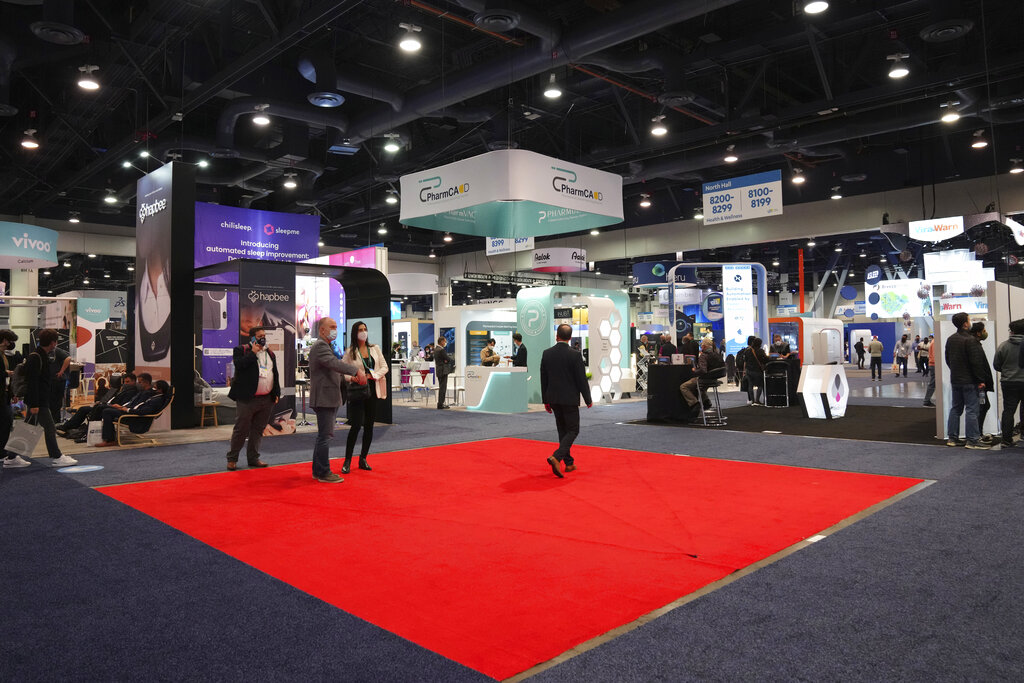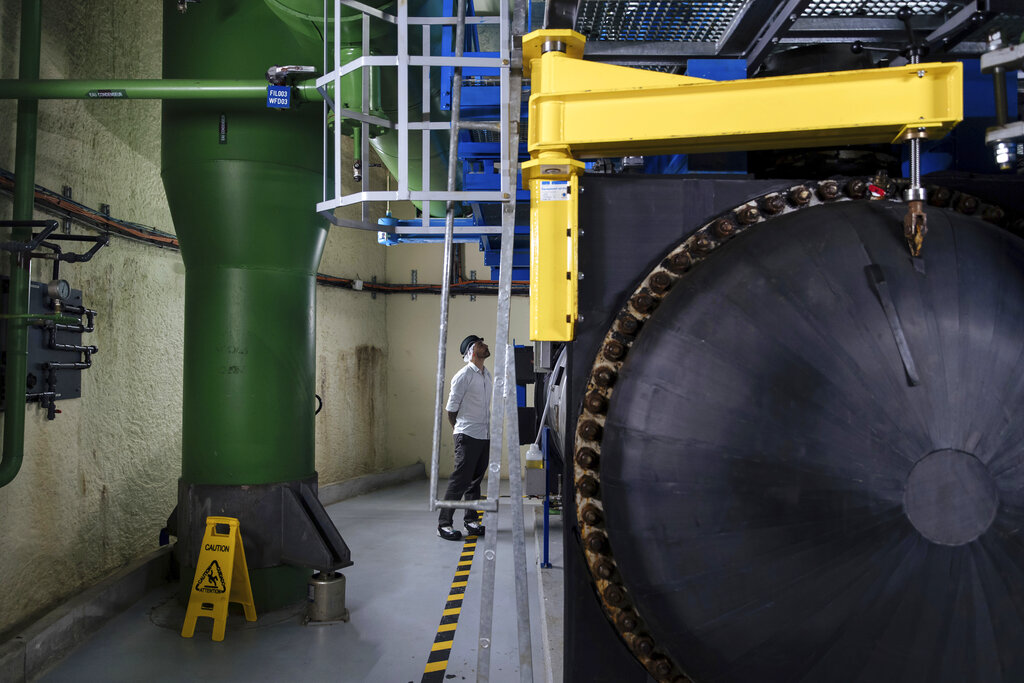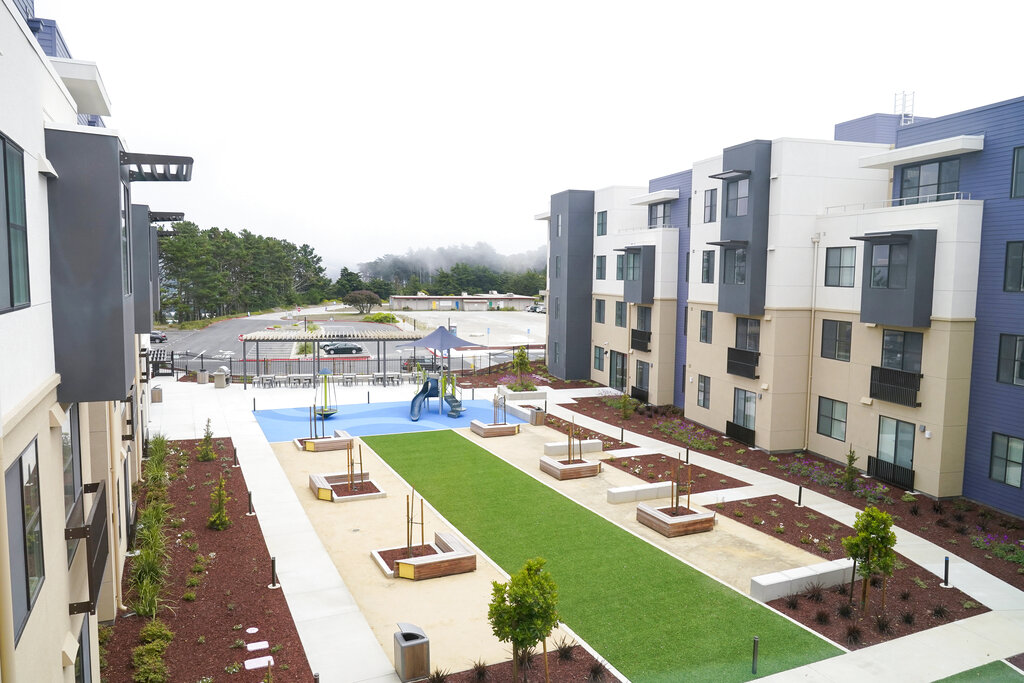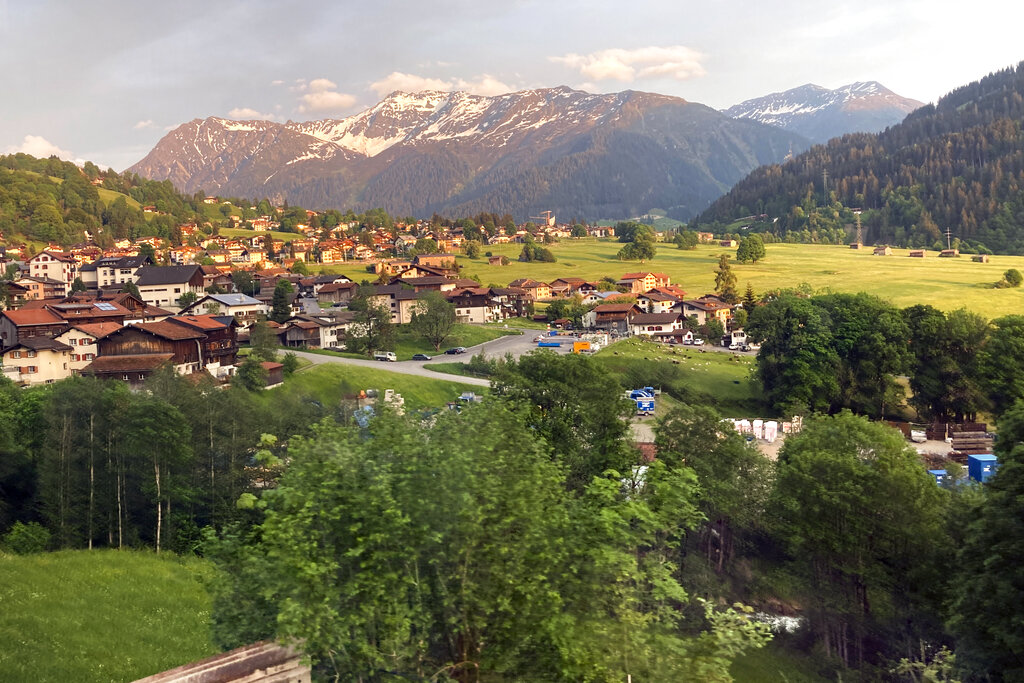Read time : 5 mins
Level : Intermediate

By HALELUYA HADERO AP Business Writer
NEW YORK (AP) — CES, the annual tech industry event formerly known as the Consumer Electronics Show, is returning to Las Vegas this January with the hope that it looks more like it did before the coronavirus pandemic.
The show changed its name to CES to better reflect the changing industry and the event, which had expanded beyond audio and video to include automotive, digital health, smart phones, wearables and other technologies.
Companies and startups will showcase innovations in virtual reality, robotics and consumer tech items to the media and others in the tech industry during next month’s gadget show and organizers say their goal is to draw 100,000 attendees.
That would be a marked contrast with the look and feel of the past two shows — the last of which saw a 70% drop in in-person attendance amid the spread of the Omicron variant. The one before that was held virtually, replacing in-person displays and meet and greets with video streams and chats. Continue reading









